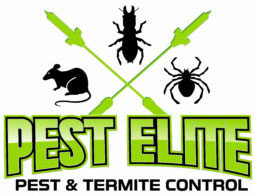
- Where do Termites live?
Commonly, termites live in the bae of trees & the root crown of large trees, some species build arboreal nests high up in trees, wooden structures, decayed trees, fallen timber, and soil. Termites are found in greater numbers in tropical regions where living conditions for termites is optimal. (The more moisture & heat the better)
Subterranean termite nests are usually formed in soil. Within these mounds, termites build elaborate tunnel systems and mud tunnels through which they access above-ground food sources.
- What do Termites eat?
Termites infest & eat a host of different materials, most commonly being timber as well as poly-styrene, cardboard & other cellulose based materials. Termites are able to live off cellulose thanks to the organisms found in their stomachs. Bacteria and protozoa form a mutually beneficial relationship with the pests by producing a special enzyme that naturally breaks down cellulose. They digest the cellulose, and termites receive their nutrition in the form of sugar.
- How long do Termites live for?
Workers and soldiers live approximately one to two years. Queen termites may survive for over a decae under optimal climate conditions.
Workers are responsible for gathering and feeding the colony members, maintaining the nest, and caring for young. Soldiers protect the termite colony using their large mandibles to fend off predators. Reproductives are the only sexually mature members of the colony, aside from queens and kings. Read more about termite colonies.
- Eggs
After the fertilized queen lays her eggs, they hatch into pale white larvae.
- Molting
Eggs hatch into larvae and molt (shed their exoskeletons) to develop into workers, soldiers, primary reproductives and secondary reproductives. A nymph is a young termite that is going through molts to become a reproductive.
The termite growth process begins with a process called molting. First, a termite develops a soft exoskeleton under its current, hard exoskeleton. Then, once the termite has reached maturity, its outermost skeleton splits open, and the new exoskeleton enlarges and hardens. This molting process continues throughout a termite’s life cycle based on the colony’s needs.
- Larvae
Over the course of several molts, these larvae grow to assume a role in one of the three termite colony castes: workers, soldiers and reproductive termites, also known as alates.
- Mating Flight
The life cycle of the termite begins with a mating flight, wherein swarming winged reproductive males and females leave established colonies and procreate. After fertilisation, winged termites land and shed their wings, going on to form new colonies. These insects then become the king or queen termites of their newly established colonies. The queen and king termites are at the center of the termite life cycle and are responsible for reproduction.

